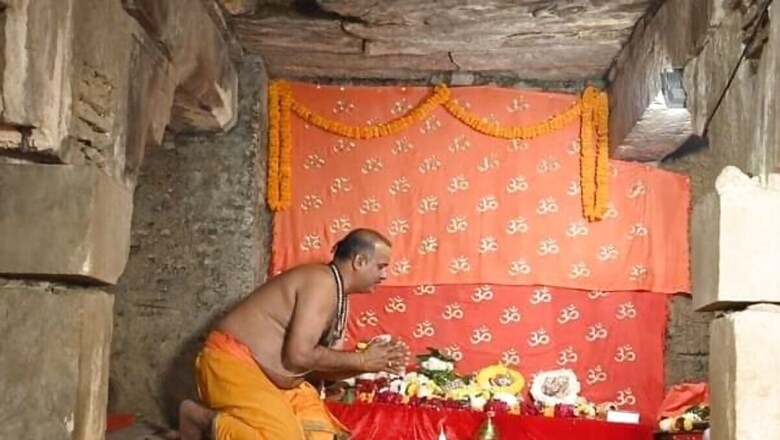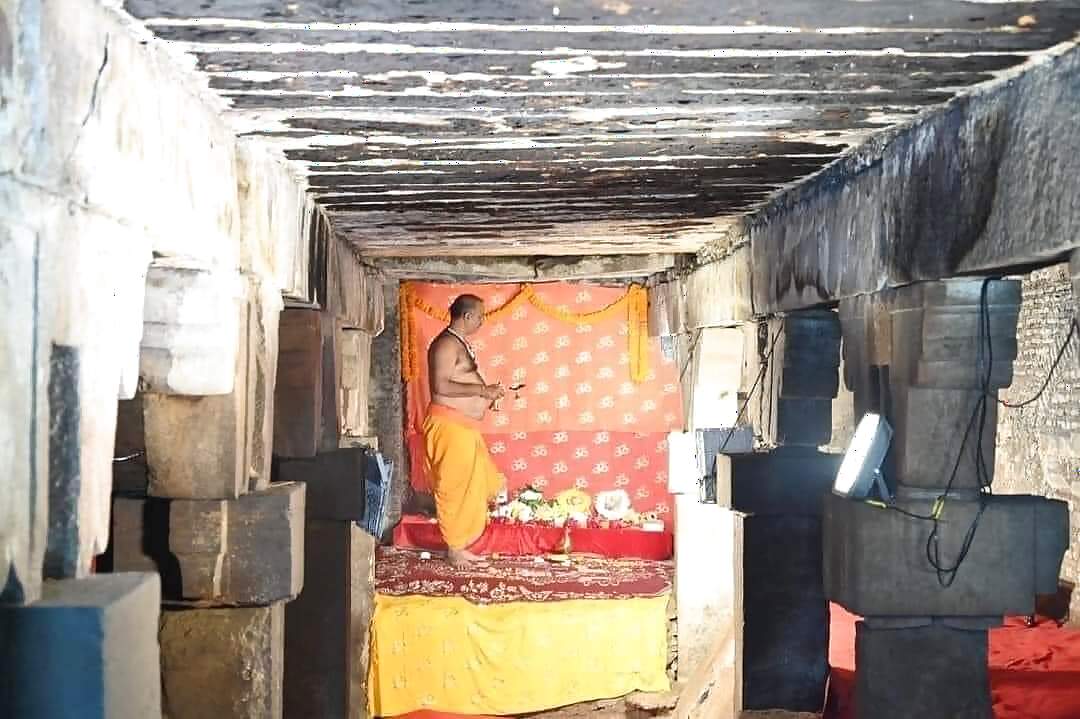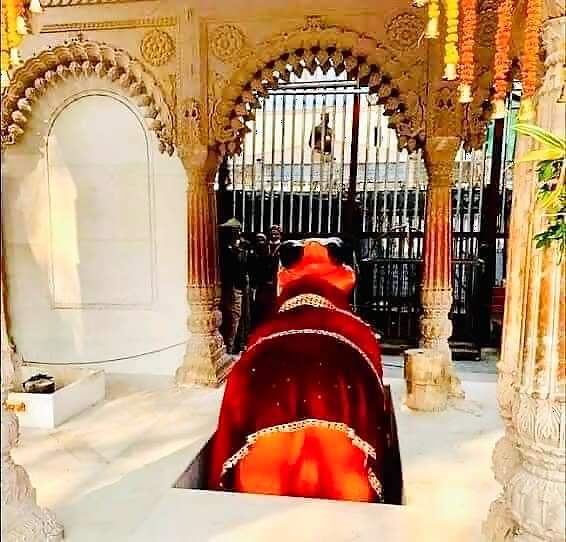
views
The Gyanvapi structure belongs to Hindus and I will continue to fight for it until Hindus get what belongs to them, said Shailendra Kumar Pathak Vyas, who filed the petition to carry out puja archana in the basement area of the disputed mosque, in an interview to News18.
Shailendra, currently the head priest of the Acharya Ved Vyas Peeth temple, has claimed that the Gyanvapi structure was under the possession of his family for 500 years and that his grandfather, priest Somnath Vyas, offered puja in the cellar until it was closed by authorities in December 1993.
On January 31, a district court had ruled that a Hindu priest can perform prayers before the idols in the southern cellar of the mosque. The prayers are now being conducted by a Hindu priest nominated by the Kashi Vishwanath temple trust and Shailendra Vyas.

Speaking to News18, Shailendra said he was confident that ‘Sanatan Dharma’ would emerge victorious in the case.
“I always thought of re-claiming possession of the basement of the Gyanvapi mosque. But following pressure, fear and hesitation, I couldn’t muster enough courage to come forward and lead the battle from the front. Of late, several Hindu parties came forward and filed various cases related to the Gyanvapi mosque. Hence, I thought of coming forward and filed the lawsuit on September 25, 2023,” he said.
In his plea, Shailendra Vyas had sought rights to offer prayers in the cellar on southern side of the Gyanvapi mosque and the appointment of a district magistrate as receiver of the cellar.
‘Vyas Ji Ka Taikhana’: The Bone of Contention
The ‘taikhana’ or cellar is in the barricaded southern part of the Gyanvapi mosque that is located just opposite the idol of Nandi in the Kashi Vishwanath temple. It is one of the four cellars of the Gyanvapi mosque, which was built in the 17th century. The cellar is about 7 feet high and has an area of 40 square feet. Shailendra Vyas said there are idols inside that were worshiped before the cellar was sealed in 1993.
He said his family has been associated with the Kashi Vishwanath temple since 1551 and shifted to the area, now a part of the Gyanvapi complex since 1883, the records of which, he said, are available with the family.

Vyas told News18 that his family had been performing ‘Rag-Bhog’ (worship) inside the cellar, which used to be called ‘Garbgriha’, for more than three centuries. The ‘taikhana’, he said, was under the family’s possession even during British rule. It was after riots broke out in 1819 that the British administration came up with a balancing act and gave control of some parts of the Gyanvapi premises to Hindus, he said.
According to his petition, members of the family continued to offer prayers in the cellar even after Independence. He claimed the cellar is named ‘Vyas Ji Ka Tehkhana’ after the family name.
The Legal Battle
Anjuman Intezamia Masjid Committee’s counsel Akhlaque Ahmad said the plea was barred by the Places of Worship (Special Provisions) Act, 1991, which locks the religious character of the shrines as they existed on August 15, 1947, with the exception of Ayodhya. “The cellar is part of the Gyanvapi mosque. So, worship could not be performed. Therefore, puja should not be allowed,” he had said.
On February 26, the Allahabad High Court dismissed the Muslim side’s appeal against the Varanasi District’s court order, allowing Hindus to continue prayers inside the ‘Vyas Ji Ka Taikhana’.
What Next
The Anjuman Intezamia Masjid Committee, which maintains the mosque complex, is set to approach the Supreme Court. SM Yaseen, secretary of the committee, said their legal counsels are going through the court order after which they will approach the apex court.
On the other hand, Vishnu Shankar Jain, the advocate representing the Hindu side, said: “The Allahabad High Court has dismissed the appeal from the mosque committee. If the Muslim side approaches the Supreme Court, we would file a caveat before the top court.”
Other Hindu petitioners have also filed several cases related to the Gyanvapi mosque, seeking prayer rights. A report by the Archaeological Survey of India (ASI), ordered by the court in a related petition, says that a large Hindu temple existed before the construction of the Gyanvapi Masjid.
The extensive report of the ASI cited its in-depth study of the existing structures, and alluded to features and artefacts recovered from the site to conclude that “there existed a large Hindu temple prior to the construction of the existing structure” in the 17th century.




















Comments
0 comment